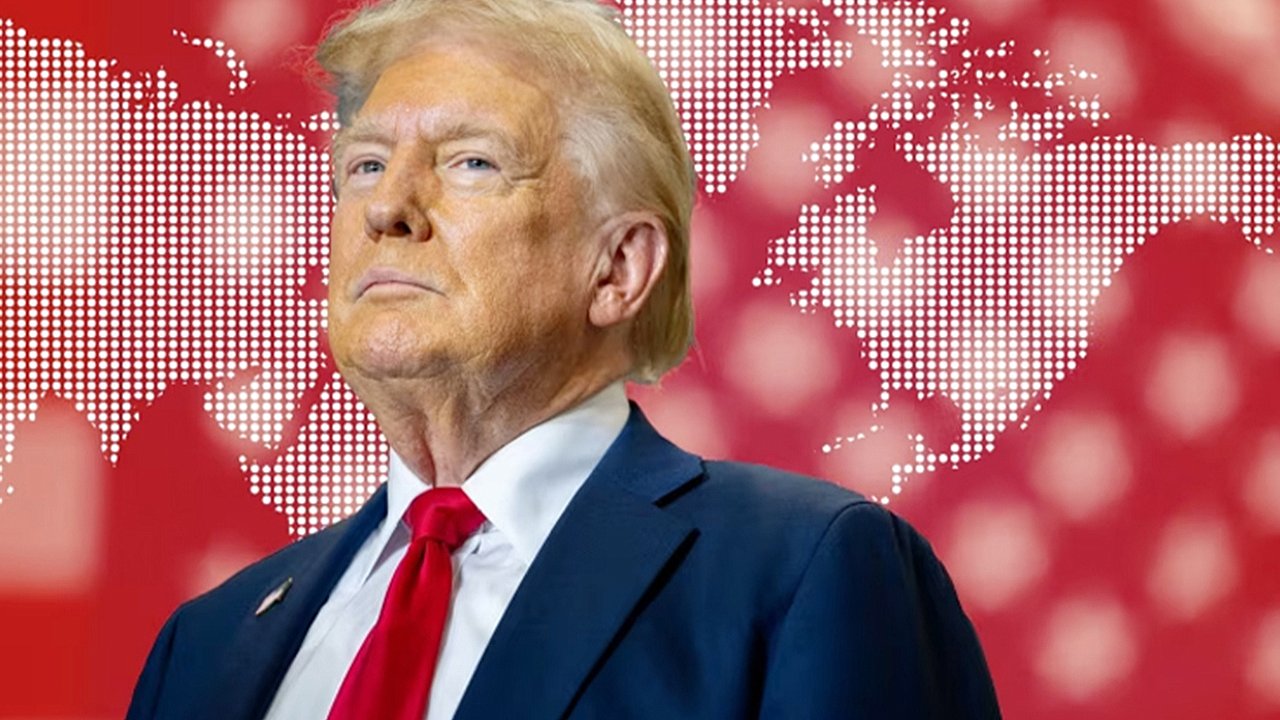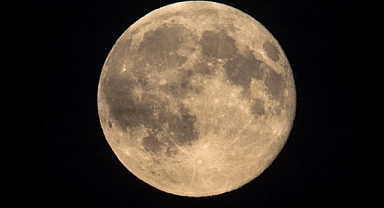Trump Campaign Ventures Into Blue States to Energize Base
In the final phase of the 2024 election, Donald Trump is veering away from traditional campaign tactics. Instead of focusing on swing states, Trump has scheduled major rallies in deeply Democratic areas, including California’s Coachella Valley and New York’s Madison Square Garden. His campaign says these stops aren’t merely symbolic but are part of a larger effort to attract media attention, raise funds, and energize Republicans, especially in down-ballot races.Trump’s rally in Coachella on Saturday underscores this strategy shift, despite the fact that he lost california by 29 percentage points in 2020. Trump told a Southern California radio show, The John Kobylt Show, that he believes the outcome would be different if the election was “honest.” He criticized California’s mail-in voting system, calling it vulnerable to fraud."We have a lot of support in California, and I felt I owed it to them," Trump said during the interview, describing the rally site as "a great piece of land."A Media-Driven Campaign Strategy
Trump’s team argues that the location of the rallies matters less than the media impact they generate. A senior adviser explained that high-profile events in Los Angeles and New York amplify his message nationally: “The bigger the rally, the more attention it will get. If it’s Madison Square Garden, you’ve got to cover it.”Holding rallies in non-competitive states allows Trump to attack Democrats without alienating swing-state voters. During a recent stop in Detroit, Trump warned that electing Vice President Kamala Harris would “turn the whole country into Detroit.” His communications director, Steven Cheung, said the Coachella rally aims to expose what the campaign sees as Harris’ failed leadership during her tenure as California attorney general and U.S. senator:"President Trump will highlight Harris' failing record and show that he has the right solutions for every state and every American," Cheung said.Local Leaders Criticize Trump’s Coachella Rally
Trump’s visit to Coachella has not been well-received by local officials. Coachella Mayor Steven Hernandez issued a statement condemning Trump’s values as out of step with the community:"Trump’s attacks on immigrants, women, and the LGBTQ community don’t align with the values of Coachella," Hernandez posted on social media. “He has no invitation from us. He isn’t one of us.”Despite the backlash, Trump believes these rallies prove he has nationwide support. He also sees them as insurance should he contest the election results. A person close to Trump said: “He thinks these crowds will prove there’s no way she can win.” Trump frequently uses the phrase “too big to rig,” suggesting that large rally turnouts indicate electoral success.Expanding Outreach and Fundraising Opportunities
Trump’s strategy involves connecting with niche voter groups and Republican donors often overlooked by traditional campaigns. For example, he recently made a stop in Aurora, Colorado, where he criticized Harris on immigration issues. Trump hopes these unconventional appearances will resonate with politically disengaged voters and generate viral content online. His campaign has emphasized digital outreach by featuring Trump on popular podcasts and YouTube streams.The blue-state rallies reflect a tactic shared with Harris’ campaign, which has also targeted specific groups through non-traditional media platforms.Madison Square Garden Rally Draws Attention
One of Trump’s most anticipated events is the October 27 rally at Madison Square Garden. Although Trump lost New York by over 20 points in both 2016 and 2020, his campaign views the rally as a significant opportunity to project strength in his home state.In September, Trump held a rally on Long Island, where he expressed optimism about his chances in New York: "I think we can win this state," he told supporters. However, securing the Madison Square Garden venue posed challenges, with insiders noting concerns about pressure from powerful New Yorkers to cancel the event.Political Impact Remains Uncertain
While Trump’s rallies in blue states have generated buzz, not all see them as effective. Colorado Senator Michael Bennet dismissed Trump’s recent Aurora rally as a futile effort:"There’s no way he’s going to win Colorado. From a political standpoint, it’s a complete waste of time," Bennet told CNN.Nevertheless, Trump used the Aurora rally to advance his tough stance on immigration, criticizing Colorado Governor Jared Polis and making unsubstantiated claims about violent gangs infiltrating the state. He promised to create a federal program to fast-track deportations and reiterated his call for the death penalty for migrants who kill Americans. Trump’s campaign views these rallies as part of a broader strategy to build momentum and influence public perception ahead of Election Day. His team believes the high-profile events will boost enthusiasm among supporters and create opportunities to challenge election results if needed.
In the final phase of the 2024 election, Donald Trump is veering away from traditional campaign tactics. Instead of focusing on swing states, Trump has scheduled major rallies in deeply Democratic areas, including California’s Coachella Valley and New York’s Madison Square Garden. His campaign says these stops aren’t merely symbolic but are part of a larger effort to attract media attention, raise funds, and energize Republicans, especially in down-ballot races.Trump’s rally in Coachella on Saturday underscores this strategy shift, despite the fact that he lost california by 29 percentage points in 2020. Trump told a Southern California radio show, The John Kobylt Show, that he believes the outcome would be different if the election was “honest.” He criticized California’s mail-in voting system, calling it vulnerable to fraud."We have a lot of support in California, and I felt I owed it to them," Trump said during the interview, describing the rally site as "a great piece of land."A Media-Driven Campaign Strategy
Trump’s team argues that the location of the rallies matters less than the media impact they generate. A senior adviser explained that high-profile events in Los Angeles and New York amplify his message nationally: “The bigger the rally, the more attention it will get. If it’s Madison Square Garden, you’ve got to cover it.”Holding rallies in non-competitive states allows Trump to attack Democrats without alienating swing-state voters. During a recent stop in Detroit, Trump warned that electing Vice President Kamala Harris would “turn the whole country into Detroit.” His communications director, Steven Cheung, said the Coachella rally aims to expose what the campaign sees as Harris’ failed leadership during her tenure as California attorney general and U.S. senator:"President Trump will highlight Harris' failing record and show that he has the right solutions for every state and every American," Cheung said.Local Leaders Criticize Trump’s Coachella Rally
Trump’s visit to Coachella has not been well-received by local officials. Coachella Mayor Steven Hernandez issued a statement condemning Trump’s values as out of step with the community:"Trump’s attacks on immigrants, women, and the LGBTQ community don’t align with the values of Coachella," Hernandez posted on social media. “He has no invitation from us. He isn’t one of us.”Despite the backlash, Trump believes these rallies prove he has nationwide support. He also sees them as insurance should he contest the election results. A person close to Trump said: “He thinks these crowds will prove there’s no way she can win.” Trump frequently uses the phrase “too big to rig,” suggesting that large rally turnouts indicate electoral success.Expanding Outreach and Fundraising Opportunities
Trump’s strategy involves connecting with niche voter groups and Republican donors often overlooked by traditional campaigns. For example, he recently made a stop in Aurora, Colorado, where he criticized Harris on immigration issues. Trump hopes these unconventional appearances will resonate with politically disengaged voters and generate viral content online. His campaign has emphasized digital outreach by featuring Trump on popular podcasts and YouTube streams.The blue-state rallies reflect a tactic shared with Harris’ campaign, which has also targeted specific groups through non-traditional media platforms.Madison Square Garden Rally Draws Attention
One of Trump’s most anticipated events is the October 27 rally at Madison Square Garden. Although Trump lost New York by over 20 points in both 2016 and 2020, his campaign views the rally as a significant opportunity to project strength in his home state.In September, Trump held a rally on Long Island, where he expressed optimism about his chances in New York: "I think we can win this state," he told supporters. However, securing the Madison Square Garden venue posed challenges, with insiders noting concerns about pressure from powerful New Yorkers to cancel the event.Political Impact Remains Uncertain
While Trump’s rallies in blue states have generated buzz, not all see them as effective. Colorado Senator Michael Bennet dismissed Trump’s recent Aurora rally as a futile effort:"There’s no way he’s going to win Colorado. From a political standpoint, it’s a complete waste of time," Bennet told CNN.Nevertheless, Trump used the Aurora rally to advance his tough stance on immigration, criticizing Colorado Governor Jared Polis and making unsubstantiated claims about violent gangs infiltrating the state. He promised to create a federal program to fast-track deportations and reiterated his call for the death penalty for migrants who kill Americans. Trump’s campaign views these rallies as part of a broader strategy to build momentum and influence public perception ahead of Election Day. His team believes the high-profile events will boost enthusiasm among supporters and create opportunities to challenge election results if needed.









